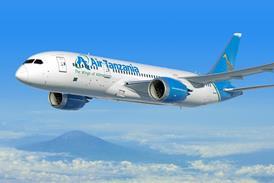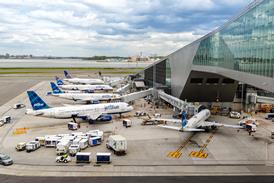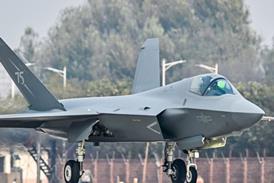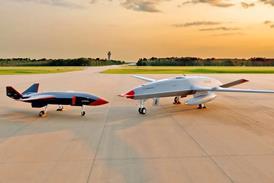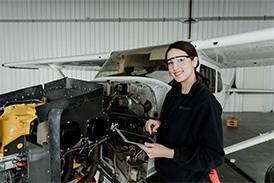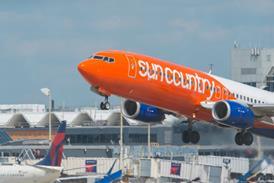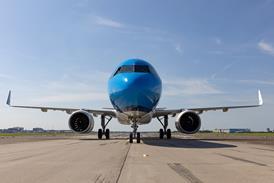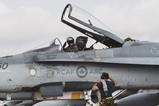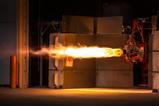Rotorcraft manufacturer Bell is seeking to expand its business with the US Army, offering a 505-based solution to the service’s requirement for a new training helicopter.
Bell is already set to provide the army with the next-generation MV-75 tiltrotor, which is expected to generate it upwards of $80 billion in business over the coming decades.
As the army prepares for the first deliveries of that aircraft, the service is also seeking to replace its basic trainer helicopter, with Bell, Leonardo and Robinson all lining up bids.
“We are going to show the army significantly reduced cost,” says Matt Dorram, military sales and strategy manager at Bell, speaking to FlightGlobal at the recent Army Aviation Association of America conference in Nashville, Tennessee.
The army’s current Initial Entry Rotary-Wing (IREW) programme for training new pilots uses contracted instruction and aircraft sustainment services, with instructors and students flying government-owned aircraft.

Bell estimates that it is costing the Pentagon between $550 million and $740 million annually for just the primary phase of instruction, which does not include instrument rating and other advanced techniques required by military pilots.
“The cost is killing the army,” says Dorram, who is also a retired US Army pilot.
Competitors for the new trainer programme are offering not just their aircraft, but also alternatives to the current instruction model. That contract is known as Flight School Next.
Bell has partnered with four aviation service providers for classroom, simulator and cockpit instruction as part of its Flight School Next offering, with the company’s own 505 light-single as the trainer platform.
Although Bell declines to provide specifics on cost targets for its 505-based offer, such as cost per aircraft or cost per flight hour, the company says its total package will result in annual cost savings compared to the current IERW set up.
“I think our approach is more the total value proposition of what you’re getting out the door,” says Carl Coffman, Bell’s director of advanced vertical lift sales and strategy.
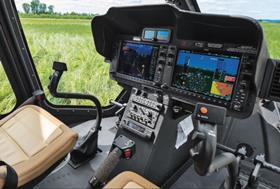
However, the army is not just looking to reduce the price of training new aviators.
Service leaders say the newest generation of pilots are graduating with skill deficiencies, which top generals attribute to the Airbus Helicopters UH-72A Lakota – in service with the army as a trainer since 2016 and the service’s primary training platform since 2020.
“A lot of what I’m hearing is: they’re great system operators, but they don’t know how to fly the aircraft,” Major General Clair Gill, the US Army’s senior aviation officer, says of new pilots.
The problem, according to Gill and others, is that the Lakota is an overly complex aircraft, with too many basic functions automated by internal systems to properly teach basic rotary-wing flight competencies.
The result is pilots who are lacking fundamental airmanship skills.
Service leaders say they want a simple light-single design with minimal automation and low operating costs to replace the UH-72A, which is a derivative of the H145 light-twin civil type.
“We took a very sophisticated aircraft that almost flies itself and used that to train basic pilot skills,” says army vice chief of staff General James Mingus.
Bell has structured its Flight School Next bid with that feedback in mind.
“The critical piece of the 505 is… a machine that allows me to train those fundamental flight school flight skills, learn seat-of-the-pants flying, and develop confidence in operating in a degraded mode,” says Coffman.
“It also allows me to start the transition to more advanced aircraft as well,” he adds.
Coffman summarises Bell’s pitch for Flight School Next “The Three C’s”: cost, confidence, and currency of training. But you could also add a fourth C to that list, given that the 505 is built over the border in the Canadian city of Mirabel, Quebec.
Competing against Bell are Robinson and Leonardo. Robinson has submitted an R66 bid framed around ultra-low aircraft production and operating costs, while Leonardo is pitching its AW119, which serves as the US Navy’s rotary-wing trainer under the designation TH-73A.
Sikorsky parent company Lockheed Martin also plans to compete for the the Flight School Next contract, but will select an as-of-yet undetermined third-party aircraft for its bid, based on the army’s final requirements.
Airbus US Space & Defense has argued the challenges outlined by the army can be addressed with changes to the flight school curriculum, rather than dropping the Lakota.
The company notes the UH-72A has trained over 8,000 students and accumulated over 675,000 flight hours with the US Army since 2020, all without a fatal mishap.
The army separately operates the Lakota in a light utility role with the national guard, a reserve force.


